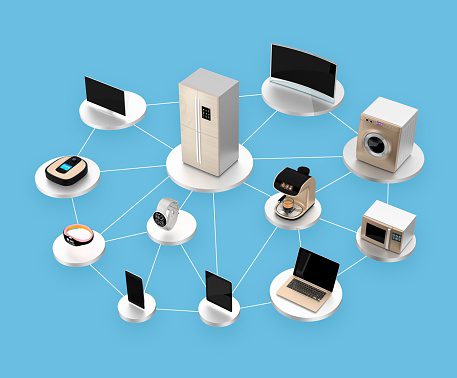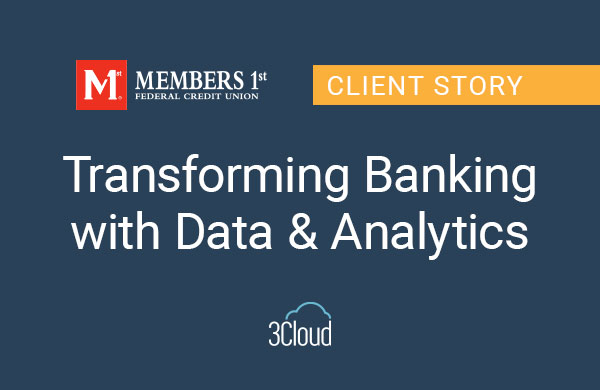One of the latest buzzwords from the buzzword factory is the Internet of Things (IoT). There’s lots of confusion and skepticism about the value of connecting formerly “dumb” devices to the internet. People have lots of questions. What is the Internet of Things, really? Is this the Next Big Thing? Why should I connect my toaster to the network? Really, what’s the value in connecting all sorts of devices to the network? Will it watch cat videos? What about that other buzzword I keep hearing about, Big Data? What does Big Data have to do with IoT?
What is the Internet of Things, Really?
Simply put, it is adding sensors and internet connectivity to “things” so that they can communicate with people and other devices. Sometimes, these are even devices that formerly had no electronic components whatsoever. These can be used passively to capture data, or actively to alter the operation of the device. These sensors can measure anything from temperature in toasters and power usage in smart meters to thousands of variables on an assembly line or millions in a national cell network. If it can be measured directly, it can be integrated into an internet connected device.
Why should I Connect My Toaster to the Network?
The real power in connecting things to a network is information and automation. If your toaster normally runs at 500 degrees, and it suddenly changes to 450 or 550, you know something is going wrong. That toaster needs to be fixed.
Now, a single toaster isn’t all that important in the long run. But imagine you had 50,000 toasters in a bakery chain. Keeping up with 50,000 or more toasters can be a real headache. I like to call this Big Toast. This Big Toast initiative is in use in the corporate world everywhere. It’s not just toasters, though. All the machines and objects vital to business processes can be monitored this way. But that’s only phase one.
Phase two moves from the operational to the analytic. Here’s where your data becomes much more useful. One of the toasters consistently makes amazing toast. Why? Why does it make golden crust so flaky and wonderful, retaining just that perfect little bit of moisture so that it crumbles rather than becoming a black burnt mess? Without data, the world may never know. But analytic data is not the end. It’s just a stepping stone to phase three.
Phase three is self-adjusting, automated processes. This is when things REALLY get fancy. In our Big Toast initiative, one of those 50,000 toasters begins recording unsafe temperatures. Previously, it may have only recorded the temperature. Now, in phase three, it notifies the toaster maintenance staff and shuts itself down to protect everyone not only from burnt toast, but a fire that could take out all the toasters. It may kick off a diagnostic of the electrical system. It may automatically order a new replacement toaster. Without Big Toast, the bakery itself might be toast. That’s not all. A true phase three Big Toast can constantly adjust toasters to compensate for ambient temperature and humidity to always, always, always make that perfect golden toast.
These initiatives are already well underway all around us. Cities and municipalities monitor and adjust road traffic. Energy companies record power usage from homes and businesses. Race teams record every aspect of a car’s operation. Manufacturers record information about the assembly equipment and production results automatically. Delivery companies track their drivers, shipments and warehouses. The Internet of Things is already here.
Will My Toaster Watch Cat Videos?
No.
What does Big Data have to do with IoT?
Big Data is the special sauce in the IoT initiative. The key to Big Toast is really Big Data. Big Data frameworks allow for massive storage and parallel processing of reams and reams of data. With the IoT, that’s exactly what you’ll be generating. Hundreds and thousands of devices, each logging data from multiple sensors, will generate lots and lots of data. Those sensors might be taking readings every hour, every minute, every second or even every microsecond. Real-time analytics needs to be able to process and act upon that data as it is generated. Big Data frameworks like Apache Hadoop and Azure HDInsight are specifically designed to cater to these high volumes of data.
You might say that the Internet of Things is the killer app of Big Data. You might be right.
Wondering how the Internet of Things could affect your business? Contact us for a consultation.




